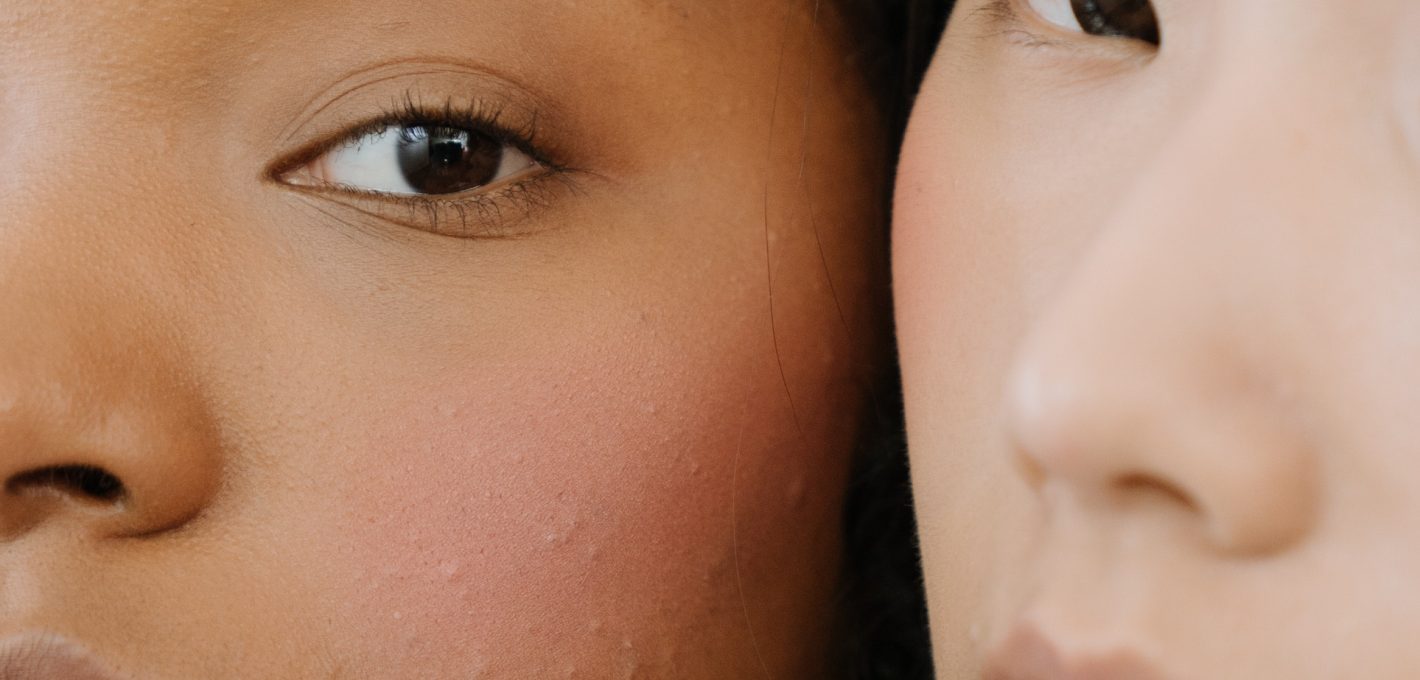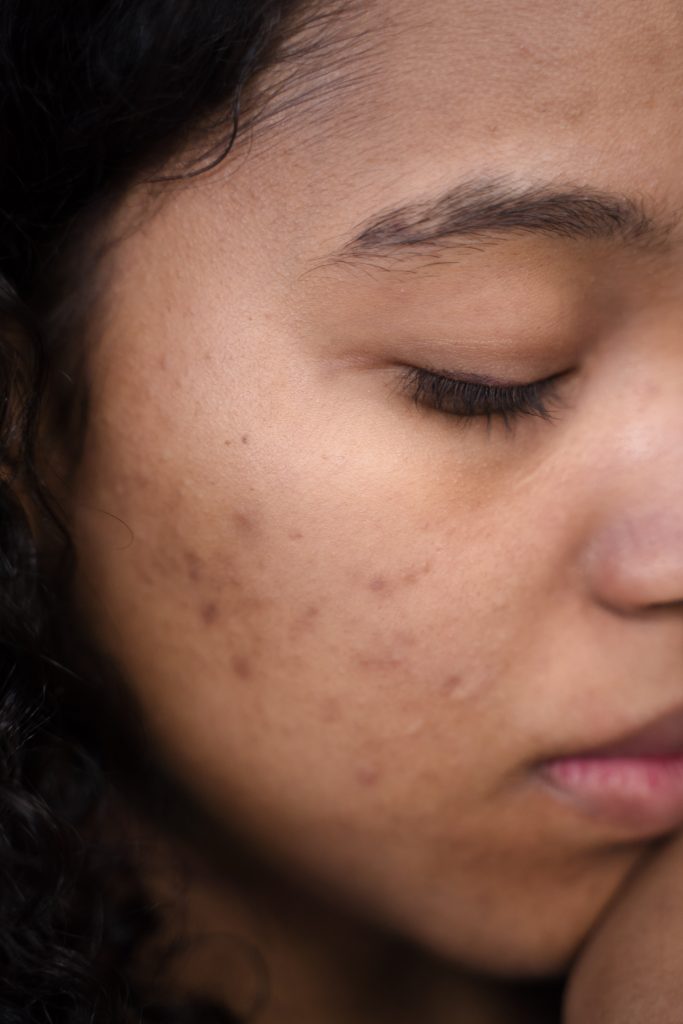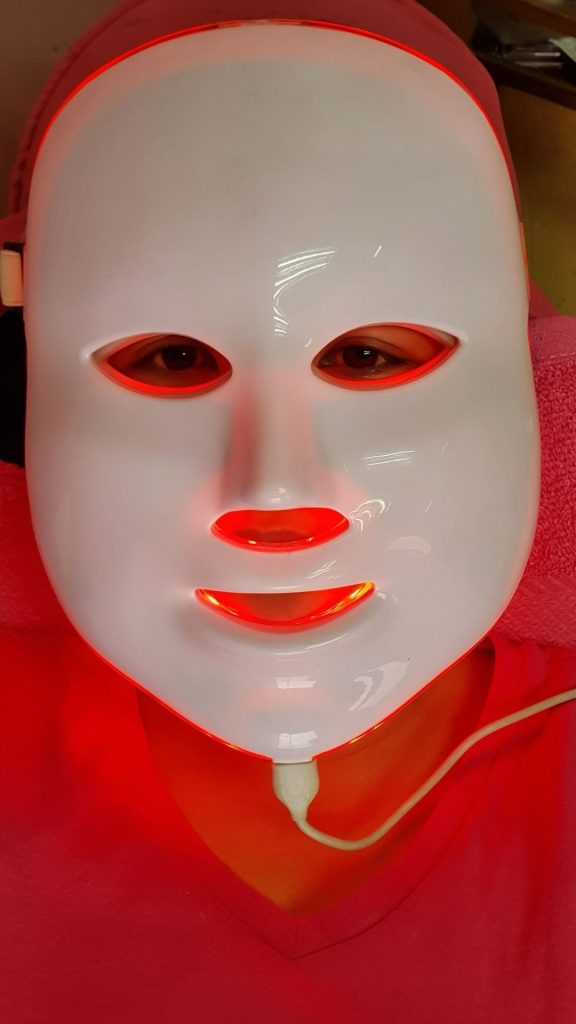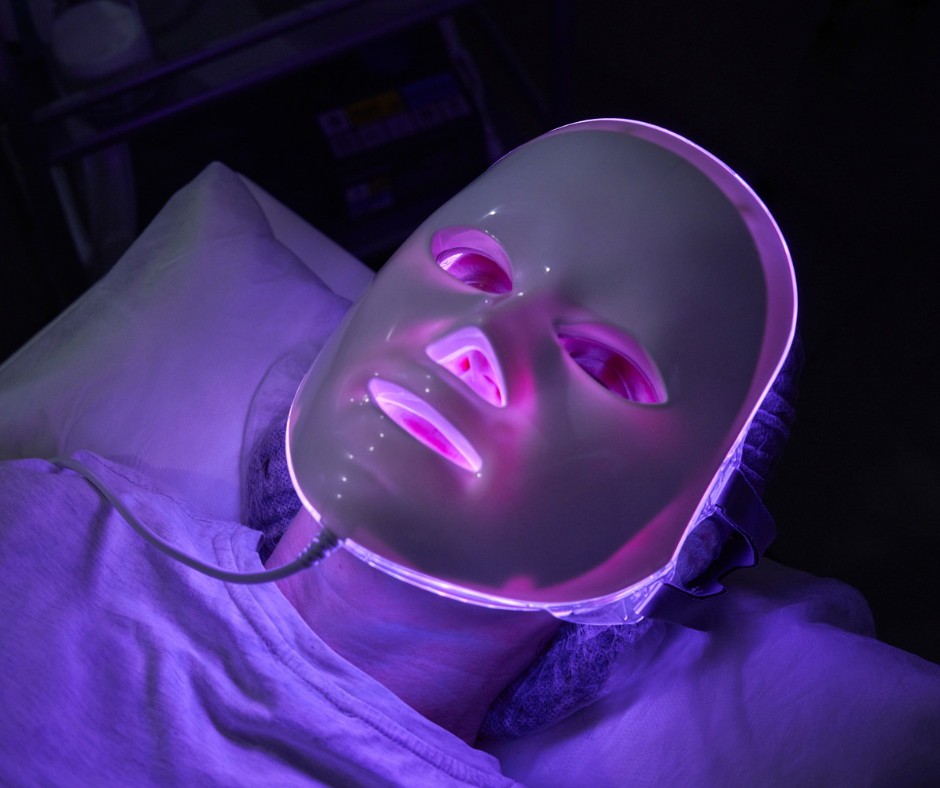
Revealing the Skin Benefits of LED Light Masks
Did you know that you can use light to improve your skin’s health and beauty? Light-emitting devices (LEDs) are used to deliver various wavelengths of light to the skin during LED light therapy. These lights can excite your skin’s natural healing and repair processes, and help you with your skin issues, such as acne, sun damage, wounds, and more. LED light therapy can also enhance the smoothness, resilience, and uniformity of your skin. It is a mild, non-invasive, and suitable treatment for all skin varieties and shades. This critique will provide you with comprehensive information on LED light therapy for skin treatment, including its various forms, mechanism of action, and skin benefits.
LED light therapy
LED light therapy uses different wavelengths of light that match up different visible colors. Each color penetrates the skin at different depths and cooperates with different chromophores and photoreceptors in the skin cells. The most common types of LED light therapy are:
- Red LED Light Therapy
- Blue LED Light Therapy
- Yellow LED Light Therapy
- Infrared LED Light Therapy
Red light therapy:
Firstly, we take about red light with a wavelength range of 620 to 700 nanometers used in this form of light therapy. (nm). Red light can reach the dermis layer, where collagen and elastin fibers are found, by penetrating the skin up to 10 millimeters deep. The red light possesses the capability to augment the growth and strength of fibroblasts, which are accountable for the manufacture of collagen and elastin. Furthermore, red light can trigger cytochrome c oxidase, a crucial enzyme that participates in cellular breathing and energy generation. By improving tissue oxygenation, blood circulation, and nutrient supply, red light can advance the process of tissue repair and wound healing. Red light therapy can also effectively reduce inflammation and prevent tissue damage by regulating inflammatory cytokines and reducing oxidative stress.
As a result, red LED light therapy is a good treatment option for various conditions, counting rosacea, scars, wounds, and signs of aging.
The following is some research that back up the effectiveness and workings of red LED light therapy:
- Red LED light therapy and intense pulsed light (IPL) were both shown to enhance skin texture, elasticity, roughness, and pigmentation after 12 weeks in a randomized controlled experiment comparing the two procedures for facial rejuvenation. Red LED light therapy, as opposed to IPL, demonstrated a larger improvement in skin hydration and transepidermal water loss. The study also discovered that red LED light treatment boosted the expression of collagen types I and III in the treated participants’ skin biopsies.
- In a thorough examination and meta-analysis of the impact of red LED light therapy on wound healing, it was observed that red LED light therapy significantly accelerated the closure of wounds and reduced their size when compared to control groups. The investigation found that red LED light therapy amplified the manifestation of vascular endothelial growth factor (VEGF) and fundamental fibroblast growth factor (bFGF). These growth factors prompt the formation of new blood vessels and the development of granulation tissue in the wounded areas.
- After eight weeks, red LED light therapy decreased inflammatory lesions and lessened the severity of acne, according to a randomized controlled experiment looking into the effects of red LED light therapy on acne.
- Red LED light therapy reduced the levels of pro-inflammatory cytokines interleukin-1 alpha (IL-1 alpha) and tumor necrosis factor-alpha (TNF-alpha) in the circulation of the cured individuals.
Blue LED light therapy:
Secondly, we talk about blue light used in this form of light treatment has a wavelength between 405 and 470 nm. The study also found that red LED light treatment decreased the concentrations of the pro-inflammatory cytokines interleukin-1 alpha (IL-1 alpha) and tumors necrosis factor-alpha (TNF-alpha) in the blood of the subjects who received the therapy. Propionibacterium acnes (P. acnes), a bacterium that generates inflammatory mediators and comedones and causes acne, can be killed by blue light. Additionally, blue light can lessen pore size and sebum production, which helps keep hair follicles from becoming clogged or infected. The anti-inflammatory and immunomodulatory properties of blue light can reduce inflammation and swelling associated with acne lesions, reducing redness. Acne vulgaris, oily skin, and sensitive skin can all be treated with blue LED light therapy.
Some studies that support the efficacy and mechanisms of blue LED light therapy are:
- For mild to moderate acne vulgaris, a randomized controlled trial comparing blue LED light therapy with benzoyl peroxide cream discovered that both treatments reduced inflammatory lesions and lessened the severity of the acne after four weeks.
- Patients receiving yellow LED light therapy also had a decrease in the immunological indicators immunoglobulin E (IgE) and interleukin-4 (IL-4) in their blood, both of which are associated with atopic dermatitis.
- A randomized controlled experiment that looked at how yellow LED light therapy affected melasma discovered that, after eight weeks, the treatment reduced the severity of the condition and increased quality of life. Tyrosinase and melanin, which are enzymes and pigments involved in melanogenesis, were observed to be decreased in the skin. Biopsies of the participants receiving yellow LED light treatment.
Near-infrared LED light therapy
In comparison to low-level laser therapy, light therapy demonstrated a larger improvement in joint stiffness and range of motion. The research further revealed that the utilization of near-infrared LED light therapy amplified the levels of adenosine triphosphate (ATP) and nitric oxide (NO), substances that enhance the energy of cells and circulation of blood, within the synovial fluid of those who received treatment.
- Near-infrared LED light therapy was found to accelerate wound healing and reduce wound size compared to controls in a randomized controlled trial. Additionally, near-infrared LED light therapy was found to promote angiogenesis and fibrosis in wound tissues by increasing vascular endothelial growth factor (VEGF) expression
- A randomized precise trial was carried out to investigate the effects of near-infrared LED light therapy on delayed-onset muscle soreness (DOMS). The study found that the therapy was successful in reducing pain and improving muscle function after exercise-made muscle damage. Moreover, the research showed that near-infrared LED light therapy decreased the levels of creatine kinase (CK) and lactate dehydrogenase (LDH) in the serum of the treated participants, both of which are enzymes that indicate muscle harm and inflammation.
Conclusion:
LED light masks are tools that deliver LED light therapy to the facial area. The most frequent categories of LED light therapy are red, blue, yellow, and near-infrared, which target different skin layers and concerns. LED light therapy is secure, non-painful, and appropriate for all skin varieties and tones. Nonetheless, it is essential to seek advice from a skin specialist if you have delicate skin before utilizing any LED light mask, as certain individuals may have susceptibilities to specific types of light. It is also crucial to comply with the guidelines and recommendations of the device manufacturer to obtain the best outcomes from the LED light mask.
In conclusion, LED light masks are a convenient and effective way to enjoy the benefits of LED light therapy at home. They can help you achieve healthier and more beautiful skin by stimulating its natural healing and repair mechanisms. If you want to try LED light masks for yourself, here are some tips and recommendations on how to choose and use them.



